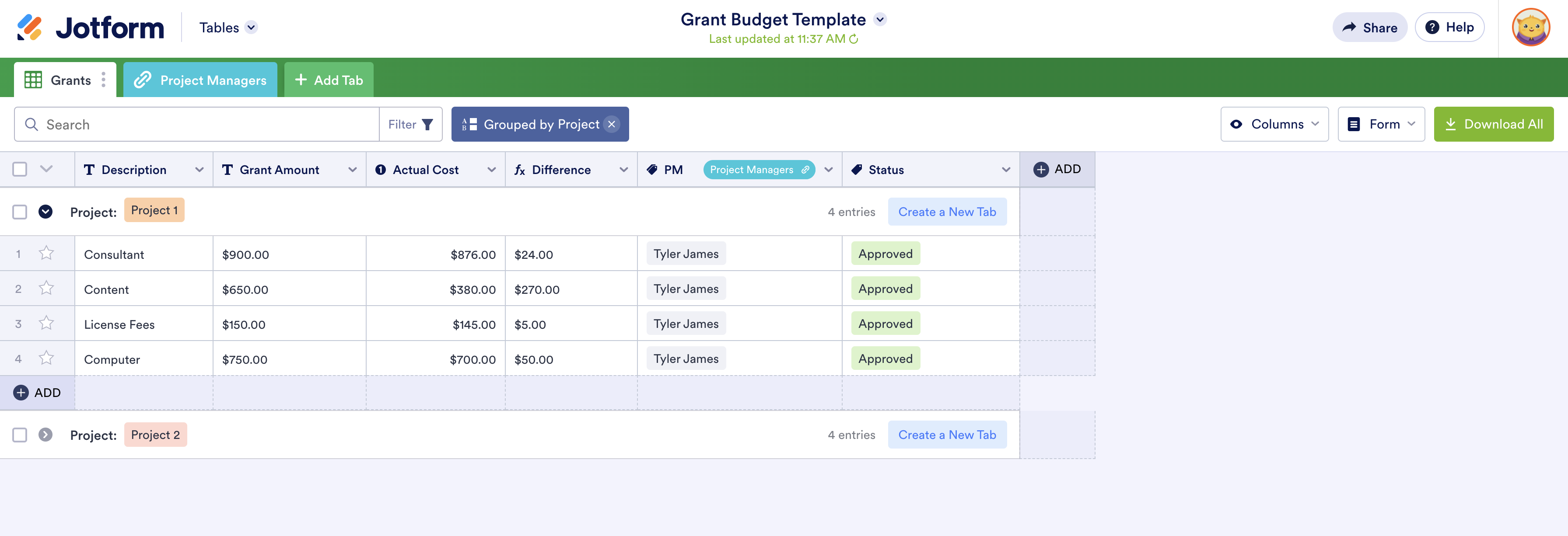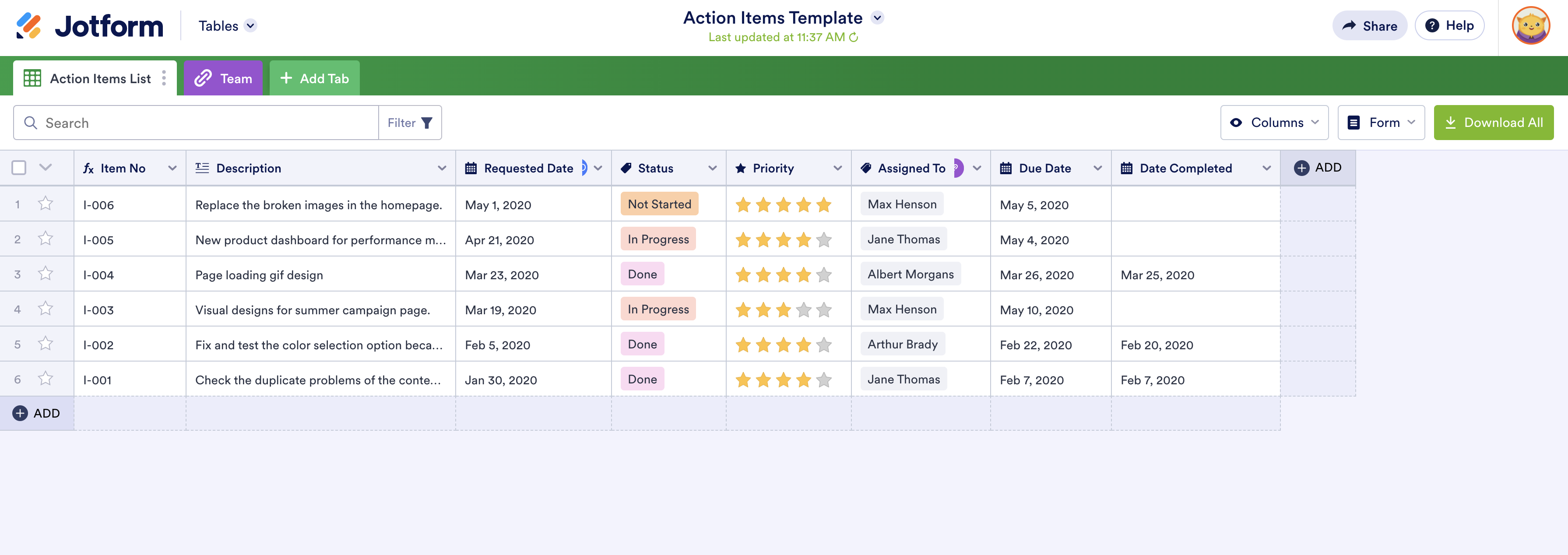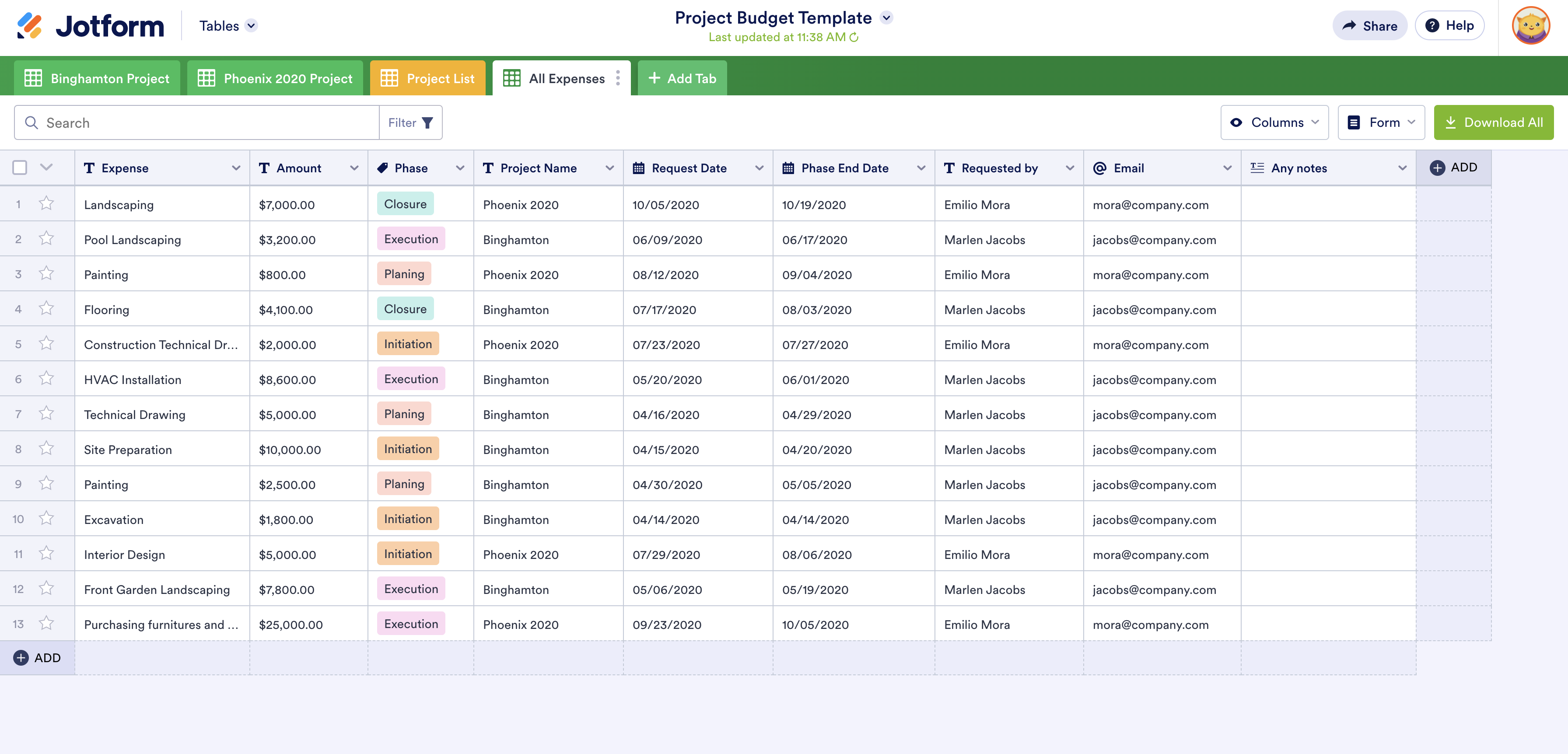You likely remember a time before location services and GPS trackers helped us get from Point A to Point B. Going on a road trip meant bringing a map, a Sharpie, and some intuition — or risking being stranded in a field in the middle of nowhere.
Business is no different. Before you can begin a project, you need a concrete understanding of your organization and its many components. That’s where budgeting comes in. An effective budget has subsections and, when done correctly, is both comprehensive and easily readable.
Here’s how to create a project budget like a pro.
1. Look to the past
Think about each year you’ve been in business as a merit badge. You’ve gained experience and knowledge along the way, and you can use that to your advantage.
When budgeting for a new project, look at how you approached previous endeavors — what worked, what didn’t, how much money you allotted for specific objectives — and figure out how that might translate to the current task at hand.
The simplest way to approach a project budget is to estimate what you expect to spend over a set period and break that amount into segments. If your new project requires the same supplies as a previous one, you should have a good idea of your expenses for that area. The more variables you can turn from unknown to known, the better off you’ll be.
As you brainstorm, create a detailed list of this information — it will come in handy later on.
2. Do your research
Now that you’ve recorded everything you know, it’s time to think of everything you don’t. In fact, when you embark on a new project, it’s as important to parse out what you don’t know as what you do. None of us have all the answers, but others might be able to help.
In setting your project budget, take advantage of all the resources at your disposal. If part of your project concerns subject matter you’re not familiar with, call up an expert in that field to talk through it. Read articles or case studies from those who have conducted similar projects.
Ensuring your projections match your actual costs at the end of your project isn’t an exact science — so the more you do your homework, the easier it will be to bridge the disparities.
3. Consider all the variables
Before you move on, ask yourself if you’ve considered all of the variables. Getting each of your costs right down to the decimal point won’t matter much if you’ve neglected to include one of your project expenses. Anticipate what you’ll need for your project — the fixed variables. These act as the baselines you’ll use to budget your project.
If you’re a landscaping company and you only plan for two vehicles per project but end up needing three, then your whole budget will be unbalanced. Be sure to list everything you’ll need and assign a cost to these resources to mitigate any surprises.
4. Size up your project
Once you have your resources in place, it’s time to put together the puzzle pieces. This is the last step before setting your project into motion.
In addition to planning your resources, also plot how they fit into place. The best way to scale your project is to ensure you understand its exact demands. This means thinking about the time it will take you from start to finish, the deadlines for your deliverables, and the number of people you’ll need.
With Jotform Tables, you can add formulas that correspond with every part of your project. This way, you’ll have an easily readable budget, and you’ll be sure that every calculation is correct. What’s more, you won’t have to adjust your plans too much along the way.
5. Maintain constant communication
You’ve done the proper planning, and now it’s time to get started with your project. Throughout this process, it’s important to understand that your project budget is a living document that’s going to change.
It’s imperative that all of your team members are on the same page and working together. Research shows that 31 percent of projects fail to meet their objectives. Even worse, 43 percent of them don’t keep to budget constraints.
Staying in contact and being receptive to input creates an inclusive work environment and reduces exposure to any blind spots.
6. Be agile and adaptable
Alert your team when problems arise. Ideally, your project will run smoothly, but it’s important to recognize that you might encounter issues. Smart budget management means planning for contingencies.
Even the most meticulous processes have room for error. There will be unanticipated costs or needs that spring up during your project, and you’ll need to make sure your budget is well structured and clearly labeled.
You can manually enter individual details for your project into Jotform Tables or import existing data. This information will live in Jotform, where you can edit and adjust it however you see fit.
What’s more, with Jotform’s project budget template, you can manage multiple projects at once, use formulas to calculate costs, and organize your data in a way that makes sense to you.
The ability to keep all your project information in one place is invaluable — and if you encounter a hitch along the way, all it takes is a few clicks to get back on track.
Mastering your budget
Just like with anything else, creating a precise and actionable project budget takes practice. There are many moving parts — some you can control and some you can’t.
Fortunately, there are plenty of resources, platforms, and templates to guide you along the way. And while this part of the work might not be the most fun, it will be the thing you’ll be most thankful for when you’re toasting the completion of your project and a successful end result.

















Send Comment: